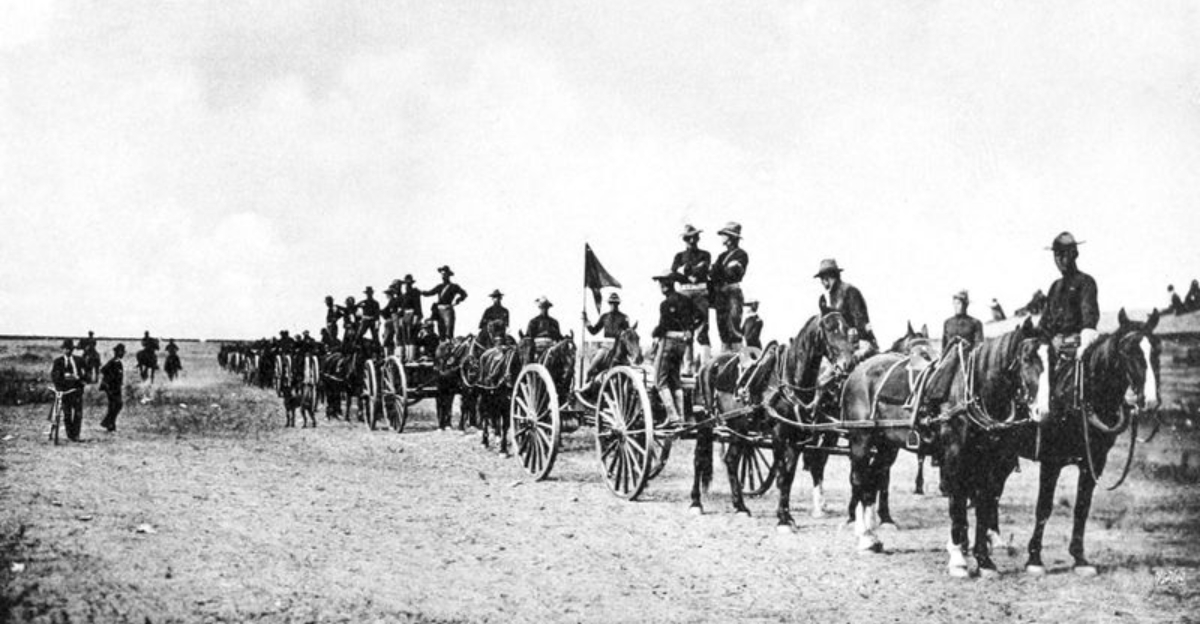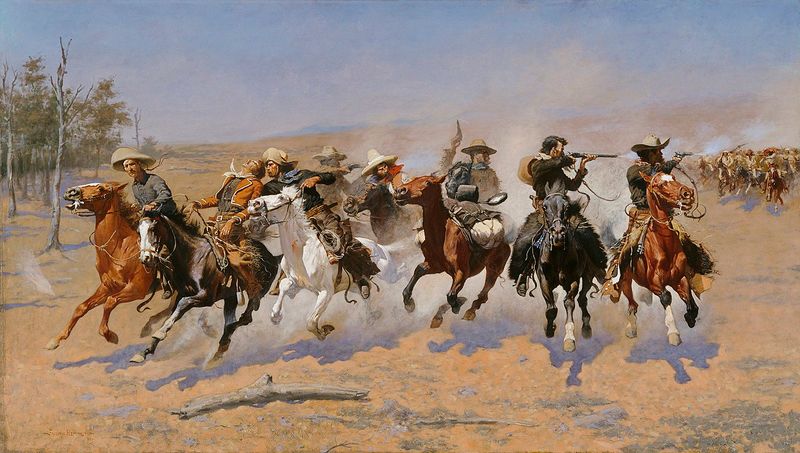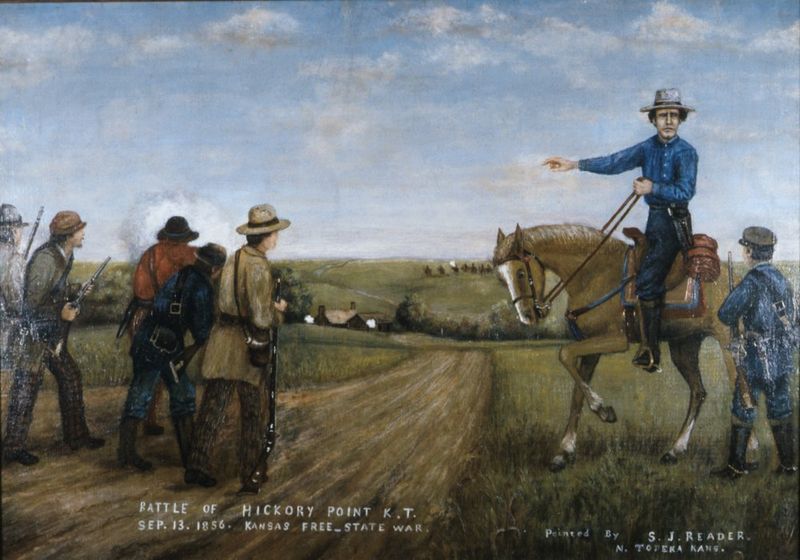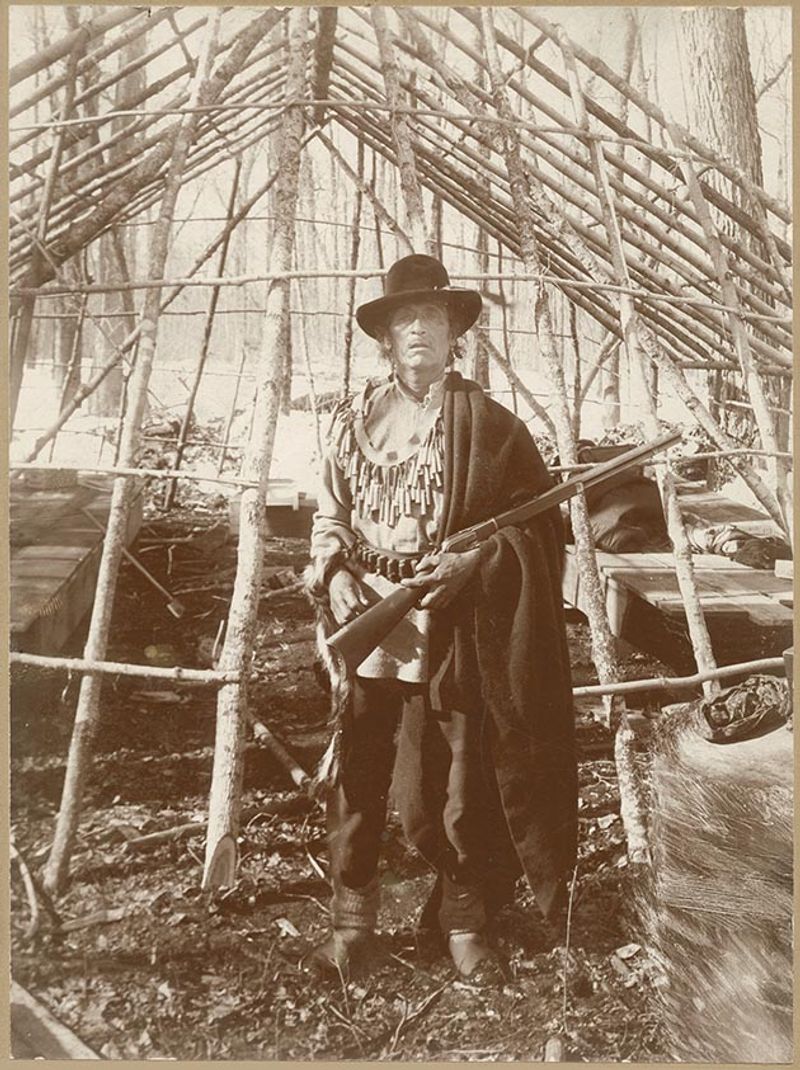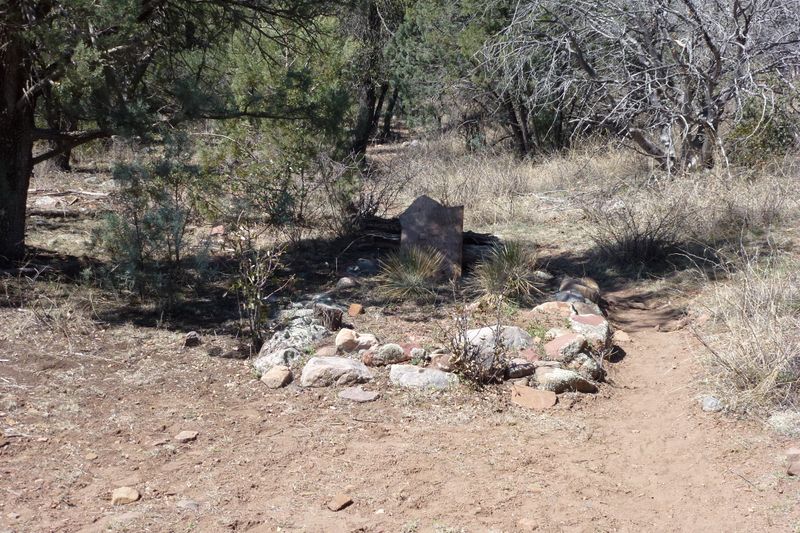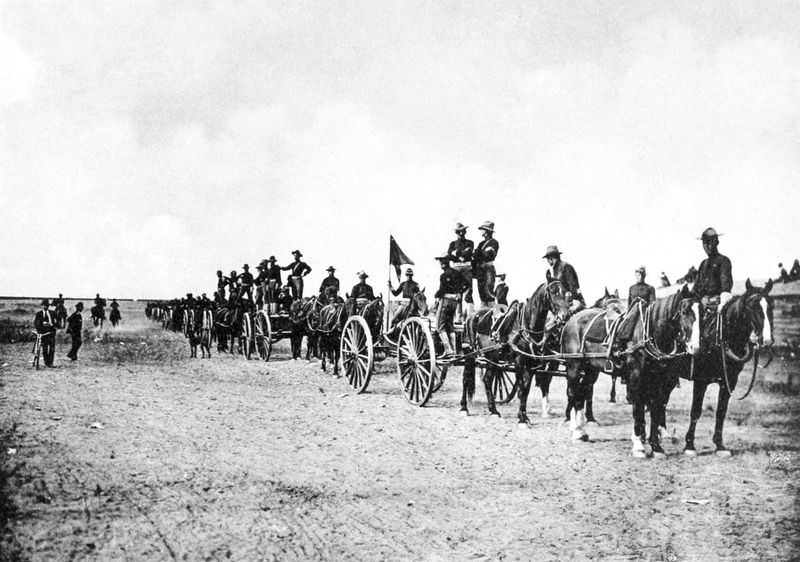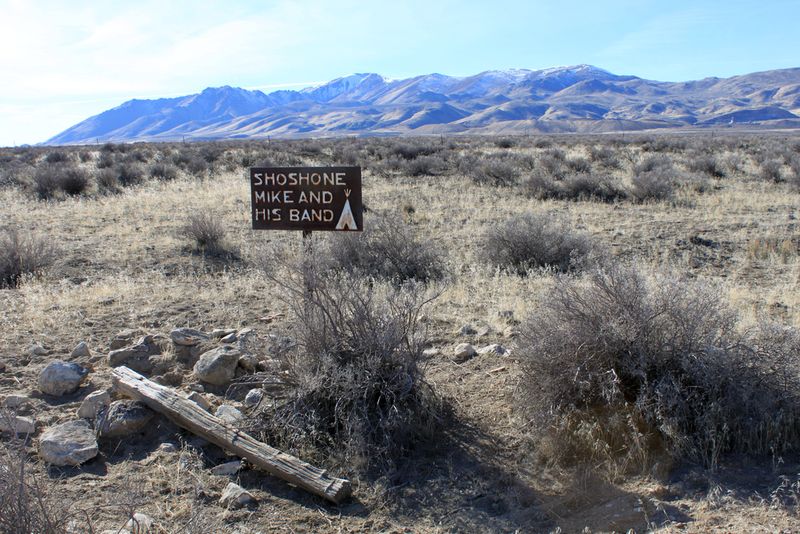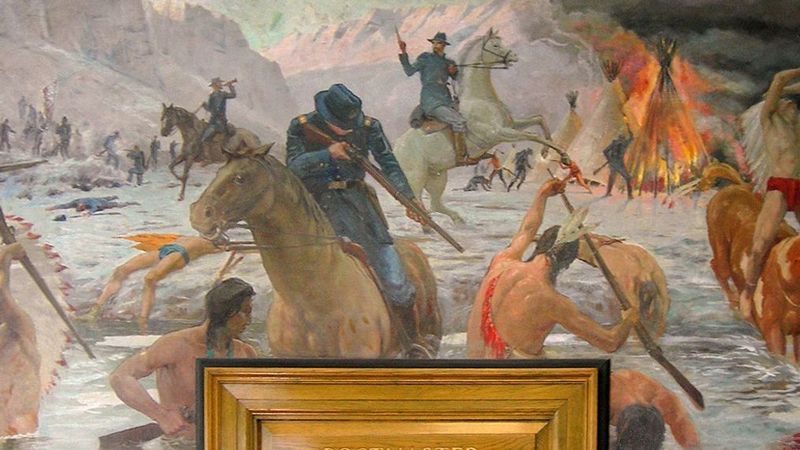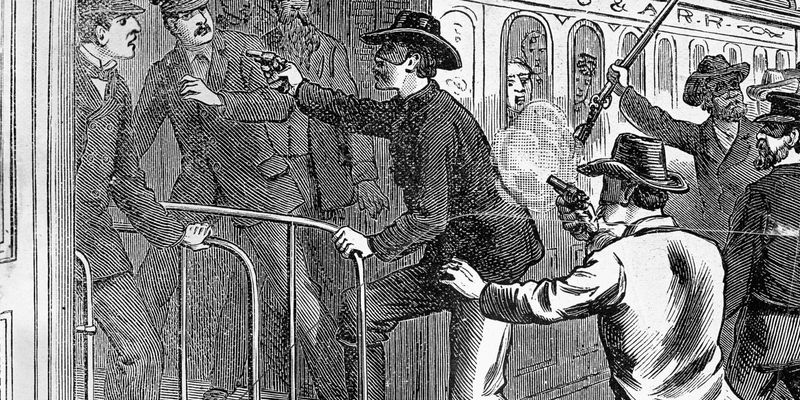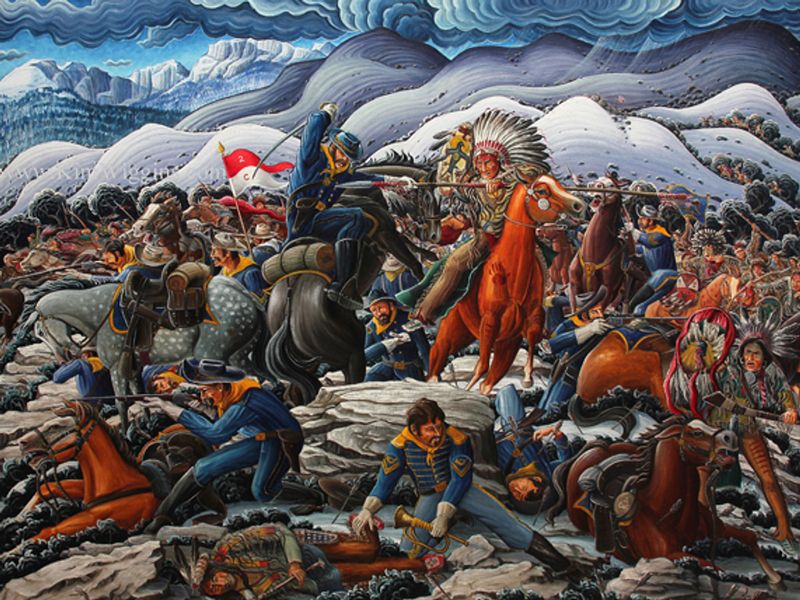The Wild West was a time of turbulent conflicts and legendary clashes, but many battles have slipped through the cracks of history. Here, we explore ten forgotten battles that shaped the untamed lands of the American frontier, each unique in its own right and deserving of recognition.
1. The Battle of Cibecue Creek (1881)
In 1881, a medicine man’s arrest ignited a fierce conflict at Cibecue Creek. The U.S. Army faced off against Apache warriors, leading to a violent clash. Casualties included seven soldiers and eighteen Apaches.
The rebellion’s roots were deep, driven by the struggle for freedom and survival. Unfortunately, this battle was overshadowed by Geronimo’s later campaigns.
Cibecue Creek remains a pivotal yet forgotten moment, highlighting both the complexities and the brutal nature of frontier justice during this turbulent era.
2. The Mason County War (1875-1877)
The Mason County War, spanning from 1875 to 1877, was a vicious feud in Texas fueled by cattle rustling. This conflict spiraled into a vigilante bloodbath, claiming at least twelve lives.
The war was less cinematic than the infamous Lincoln County War, yet equally brutal. It was marked by lawlessness and a thirst for retribution.
Caught in the crossfire of greed and survival, this forgotten clash epitomizes the struggles of the Wild West, where justice was often determined at the barrel of a gun.
3. The Battle of Bates Point (1864)
In 1864, the Battle of Bates Point unfolded as Confederate guerrillas ambushed Union steamboats on the Missouri River. Over fifty lives were lost in this remote Montana skirmish.
As one of the West’s last Civil War battles, it lacked the presence of famous generals, contributing to its obscurity. The isolated location further buried its memory.
This forgotten battle underscores the Civil War’s reach, affecting even the farthest corners of the nation, and serves as a reminder of the relentless pursuit of victory at any cost.
4. The Battle of Sugar Point (1898)
The 1898 Battle of Sugar Point marked the final military clash between the U.S. Army and Native Americans, specifically the Ojibwe. Seven soldiers died, while the Ojibwe incurred no casualties.
This confrontation ended in humiliation for the U.S. Army, overshadowed by the Spanish-American War. Despite its significance, it faded into obscurity.
Sugar Point stands as a testament to the end of an era, where indigenous resistance met the unyielding force of an expanding nation, highlighting themes of resilience and resistance.
5. The Pleasant Valley War (1882-1892)
Arizona’s Pleasant Valley War, lasting from 1882 to 1892, was a brutal range war between sheepmen and cattlemen. It claimed over twenty lives, including entire families.
Lacking famous outlaws, it remains overshadowed by more notorious conflicts. Yet, it exemplifies the relentless and personal nature of frontier vengeance.
This decade-long feud is a harsh reminder of the lawless spirit of the Wild West, where disputes often ended in bloodshed, driven by pride and survival.
6. The Battle of Tres Castillos (1880)
In 1880, the Battle of Tres Castillos marked the end of Victorio’s Apache rebellion when Mexican troops massacred his band. Seventy-eight Apaches, including women and children, were killed.
Taking place in Mexico, it was largely ignored by U.S. historians, overshadowed by events on American soil.
This battle highlights the transnational nature of the Apache conflicts and the tragic consequences of colonial expansion, where cultural clashes led to devastating losses.
7. The Battle of Kelley Creek (1911)
Known as the “Last Massacre,” the 1911 Battle of Kelley Creek saw a Nevada posse wipe out a Shoshone family. Eight lives were lost, including a baby.
The brutality of this event has kept it out of the mythologized Wild West narrative, deemed too ugly for popular lore.
This forgotten battle serves as a grim reflection on the closing chapter of the Wild West, where violence persisted even as the frontier was tamed, highlighting themes of injustice and loss.
8. The Battle of Bear River (1863)
In 1863, the Battle of Bear River witnessed U.S. troops slaughtering over 250 Shoshone in Idaho’s deadliest Native massacre. Mostly women and children perished.
This horrific event was overshadowed by the notoriety of Sand Creek and Wounded Knee but remains a stark reminder of the era’s brutality.
Buried in history, Bear River speaks to the dark chapters of Native American resistance and the relentless expansion that often disregarded human life.
9. The Battle of Bandit Pass (1878)
In 1878, a botched train robbery led to the Battle of Bandit Pass, a chaotic gunfight across Wyoming. Five outlaws and two lawmen were killed.
With no survivors to tell the tale, it has become one of the many forgotten stories of the Wild West, overshadowed by more successful heists.
This battle stands as a testament to the risks and dangers of frontier lawlessness, where fortunes could be made or lost at the flip of a coin.
10. The Battle of Hayfield Fight (1867)
During the summer of 1867, the Battle of Hayfield Fight saw 19 soldiers and civilians holding off over 500 Lakota and Cheyenne warriors in Wyoming.
Three defenders and approximately sixty attackers perished. This battle occurred the same week as the more famous Wagon Box Fight, leading to its obscurity.
Hayfield Fight illustrates the strategic defensive tactics employed on the frontier, showcasing the grim determination of those who sought to protect their outposts against overwhelming odds.
